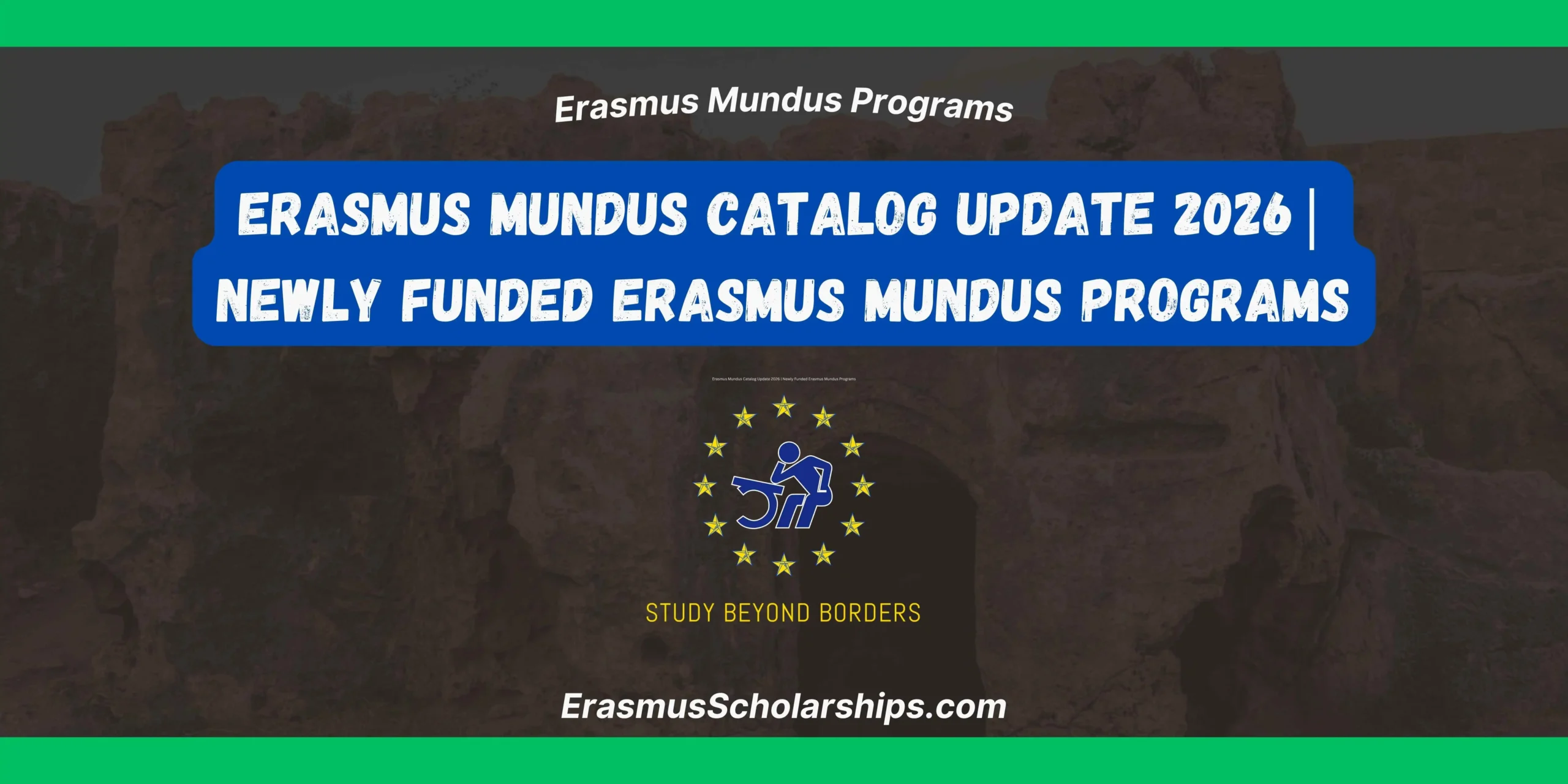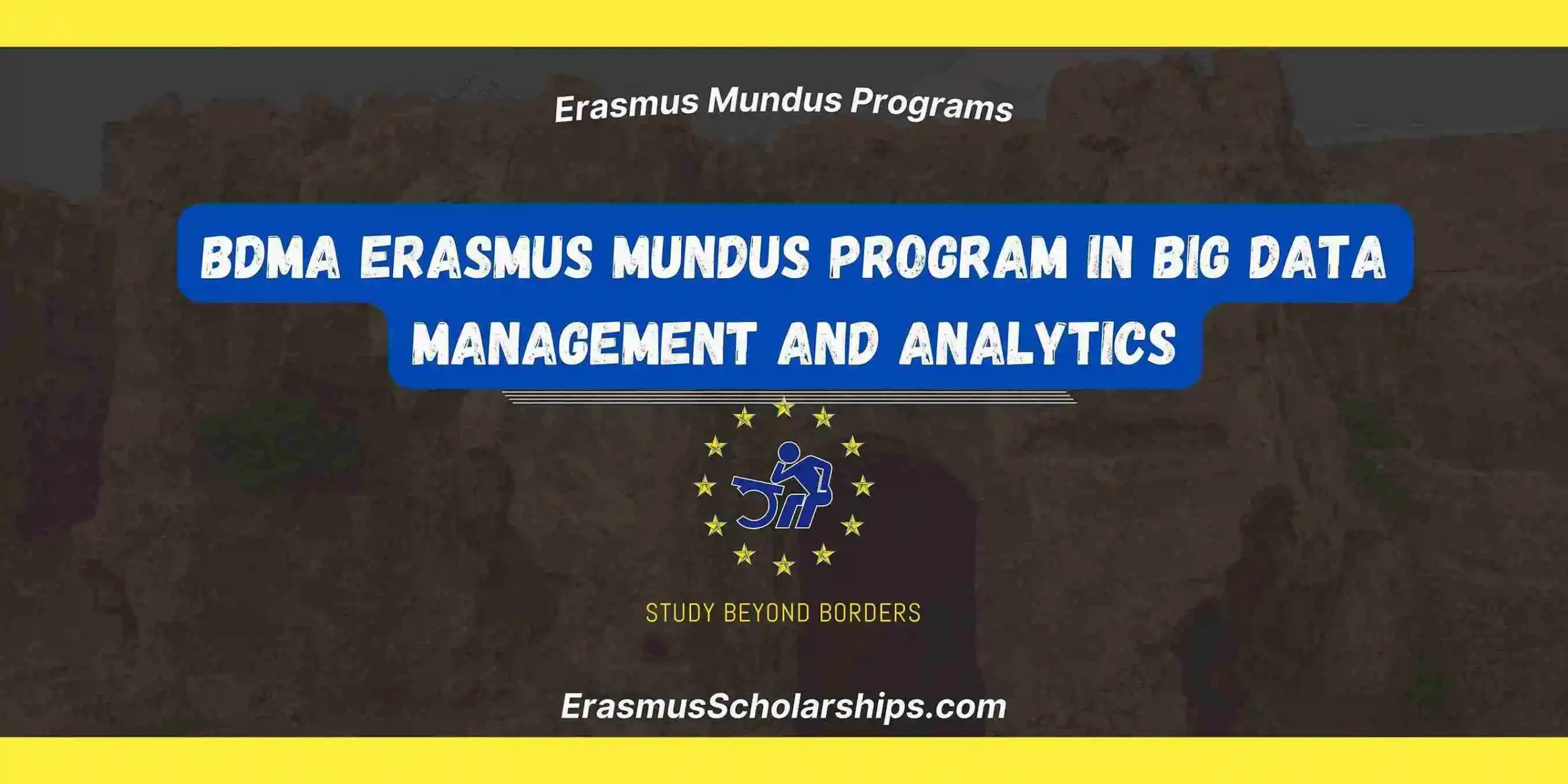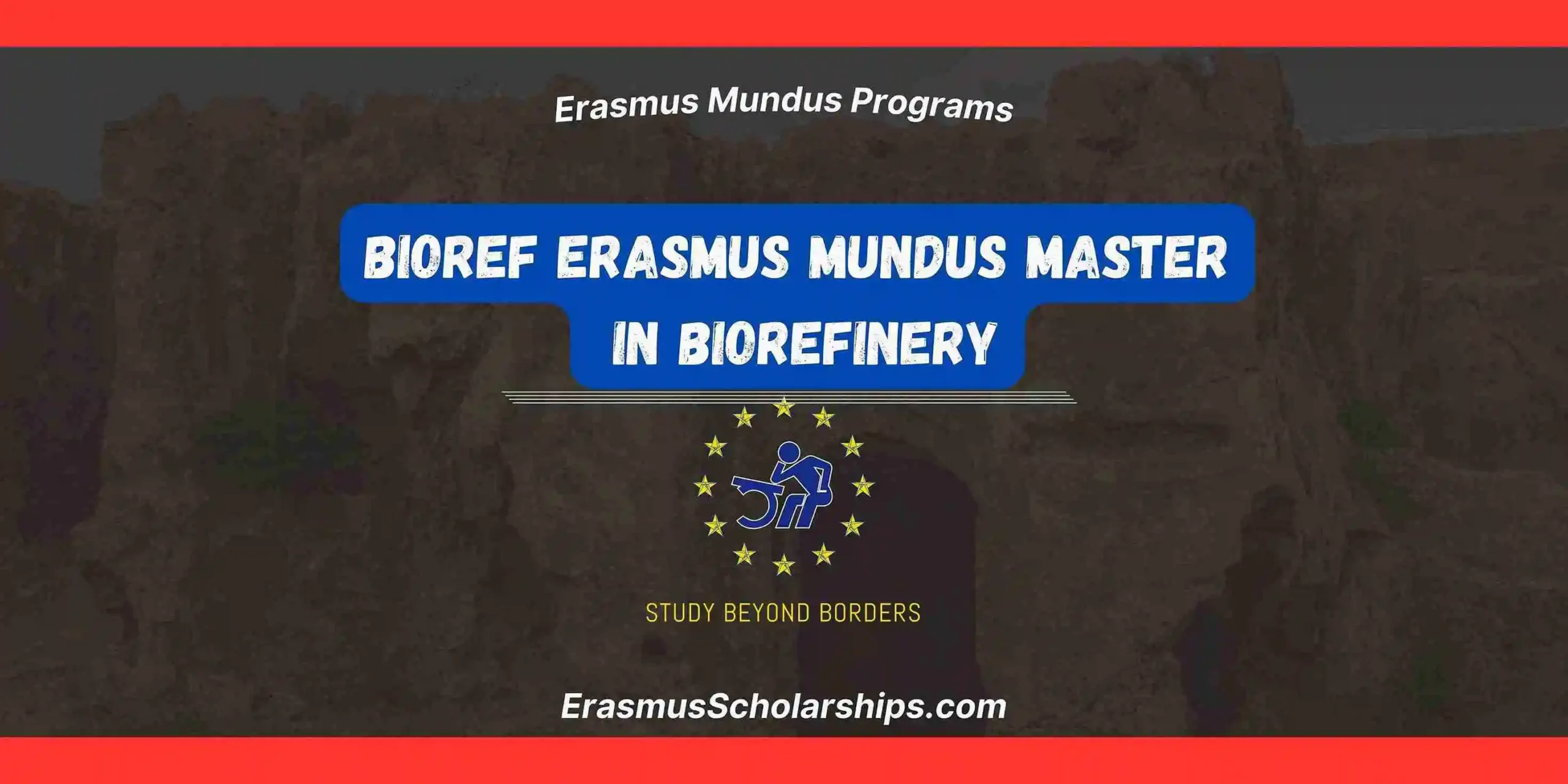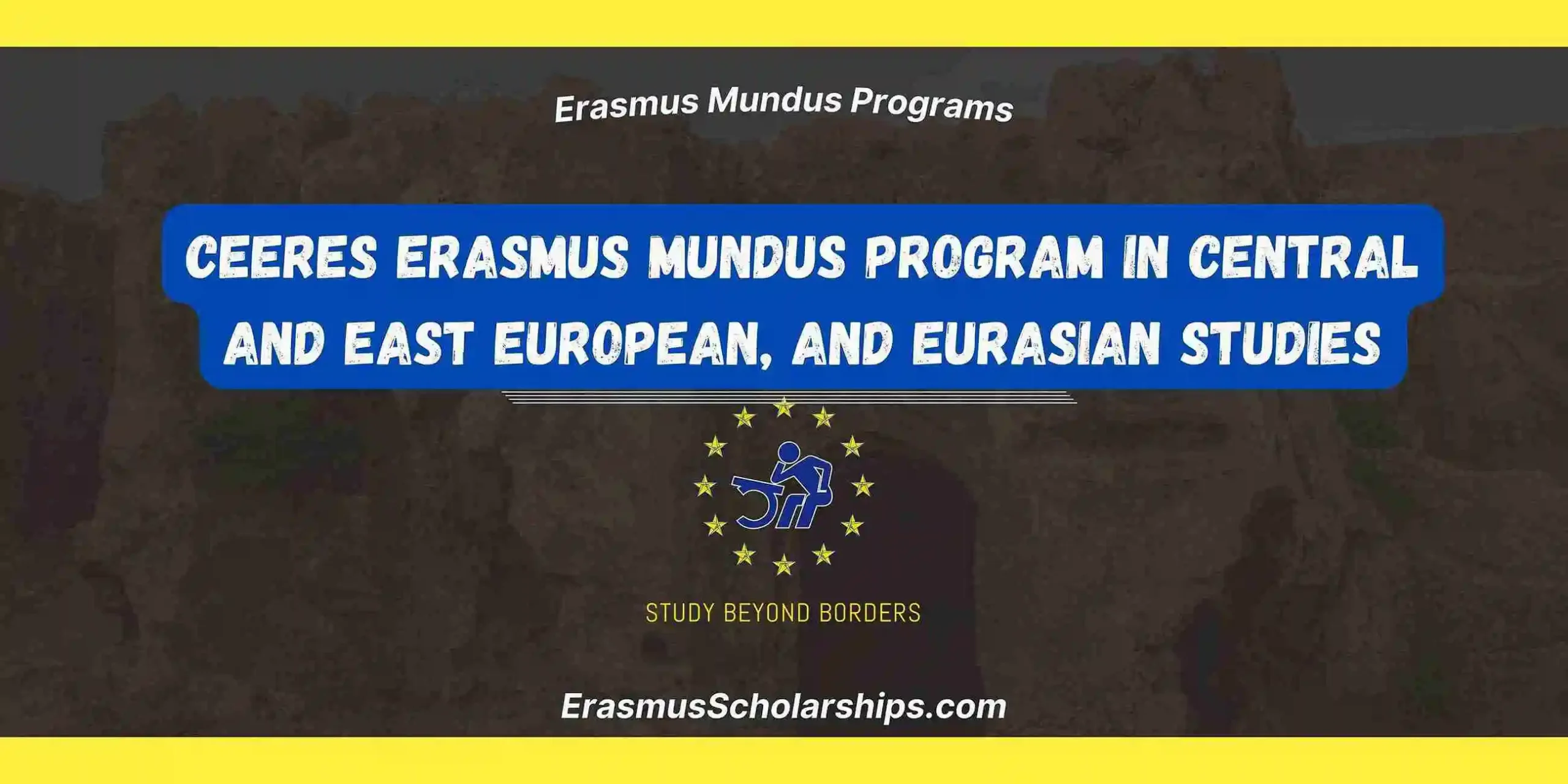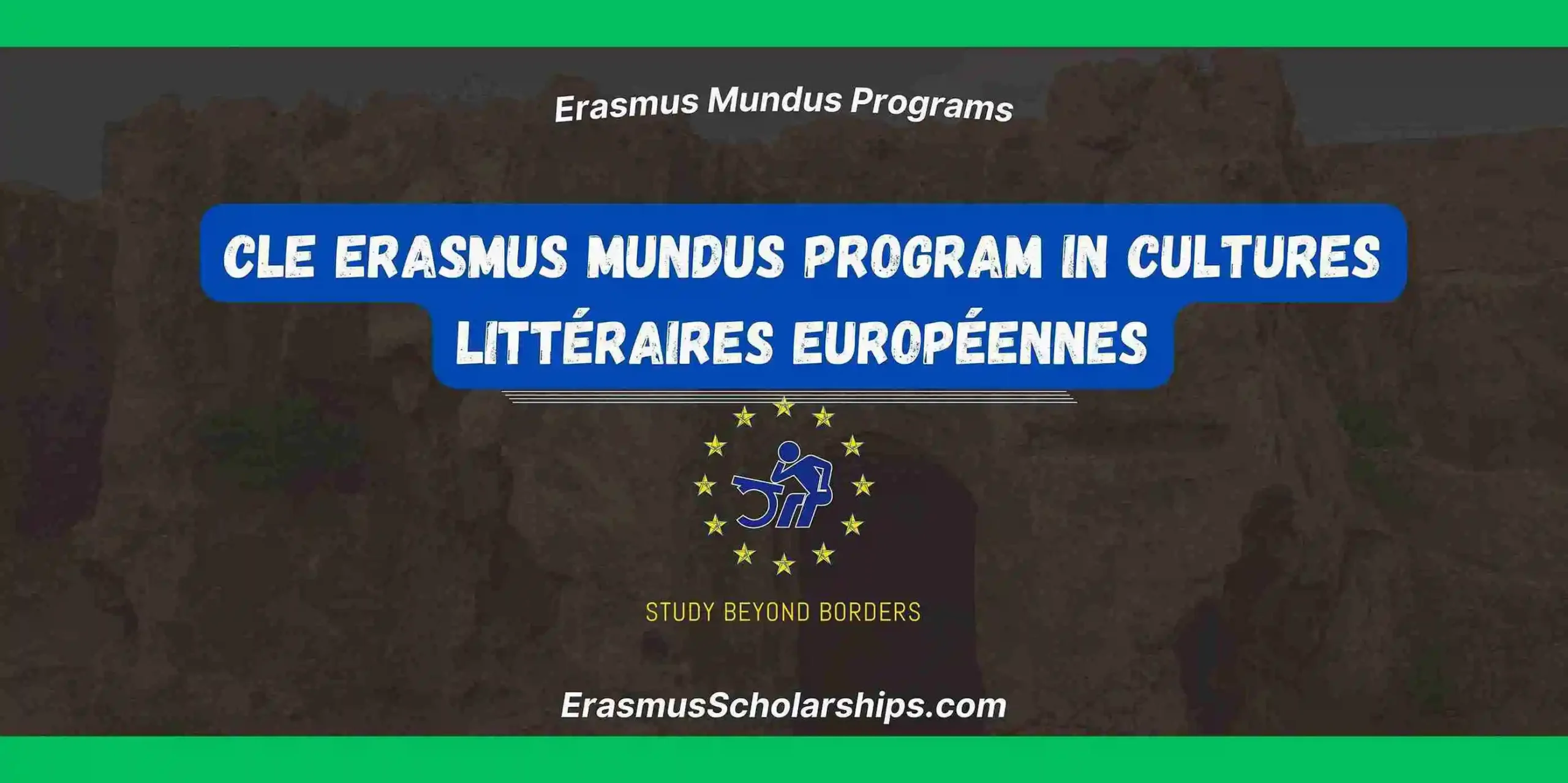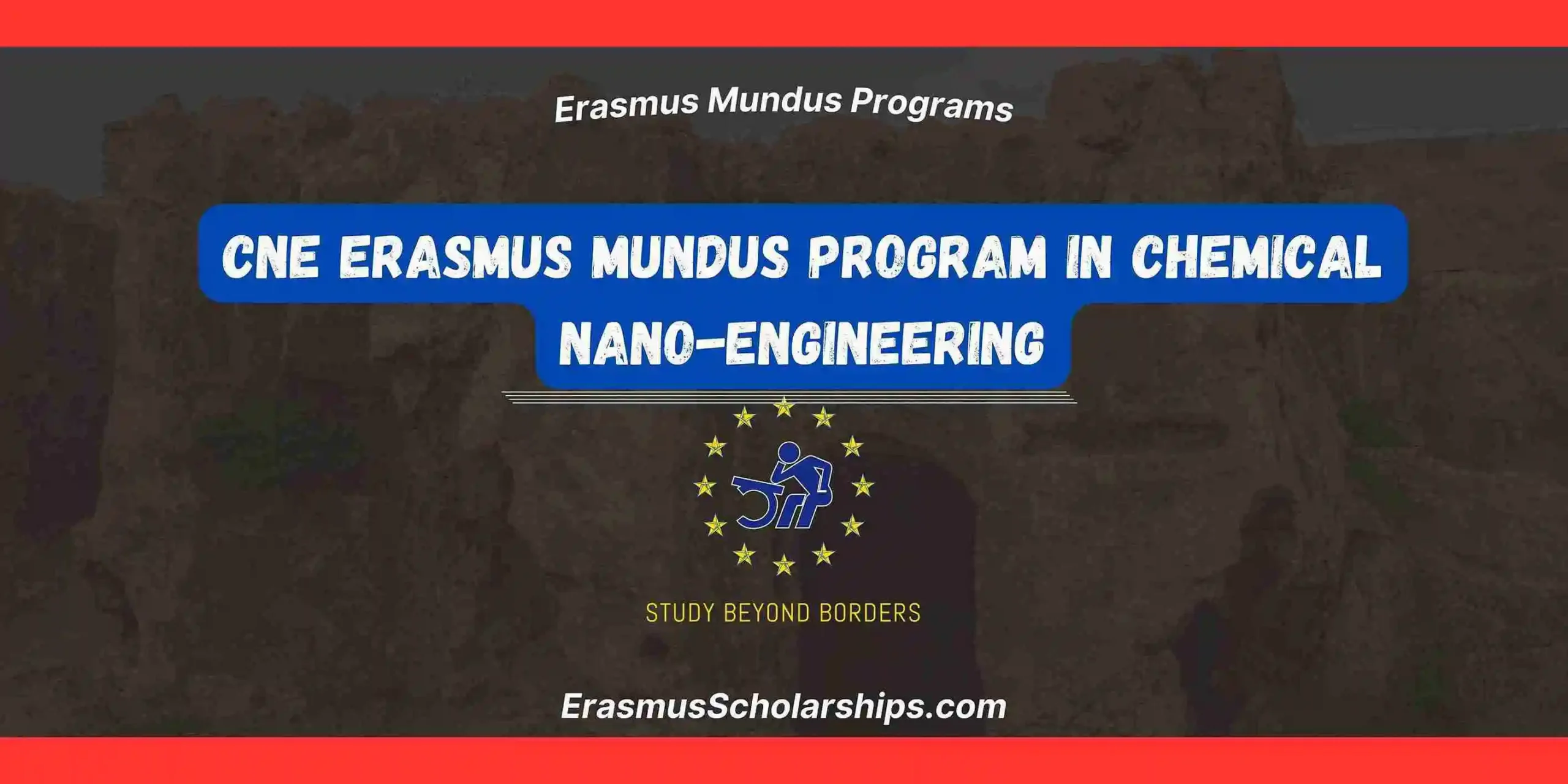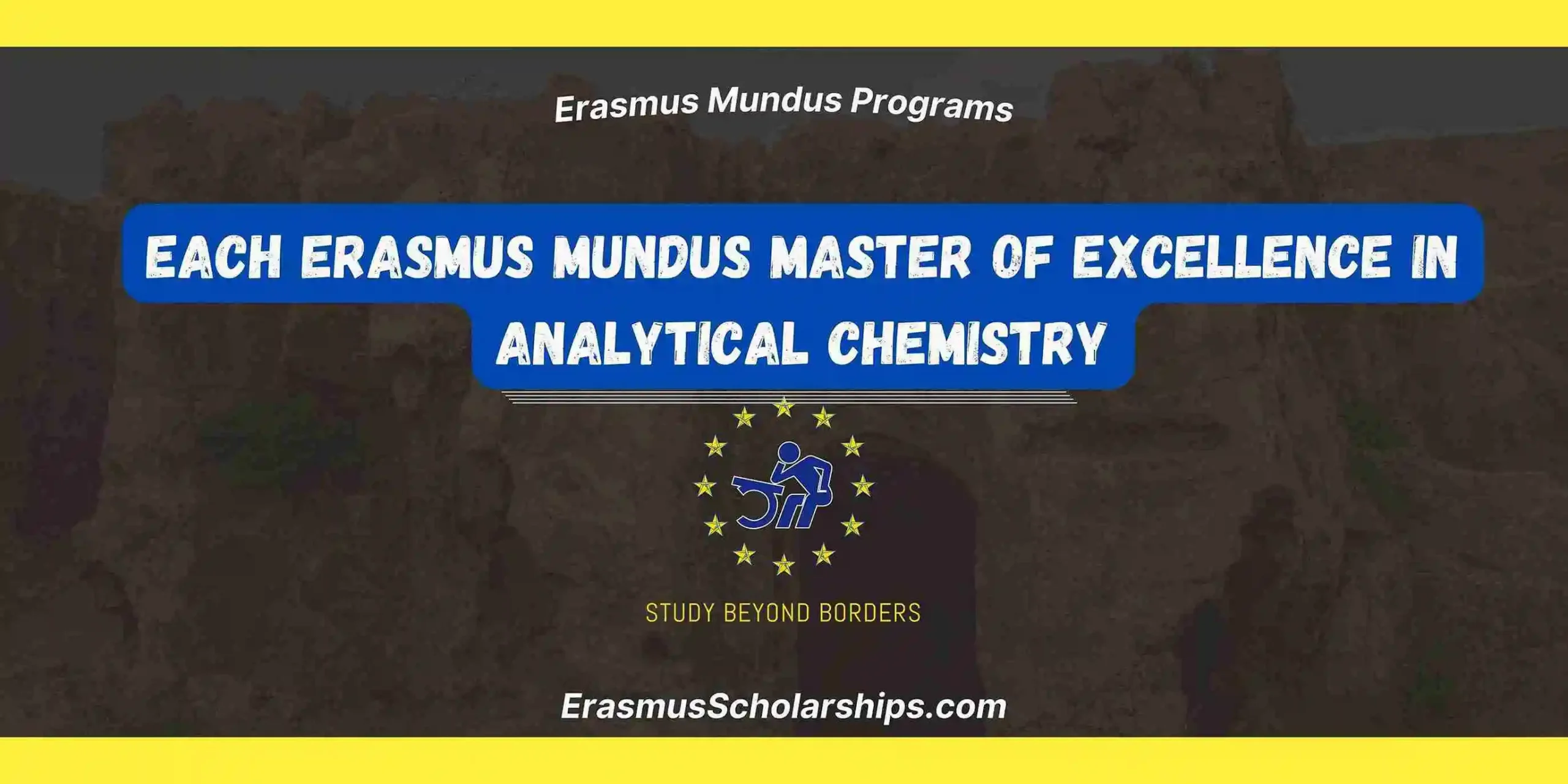The ChEMoinformaticsplus Erasmus Mundus Joint Master’s Program is a comprehensive two-year academic initiative at the intersection of artificial intelligence and chemistry. It offers an interdisciplinary curriculum that integrates data science, molecular modeling, cheminformatics, and AI-driven chemical analysis. Students are trained to work with extensive chemical databases, predictive algorithms, and computational tools essential to modern chemistry and pharmaceutical research.
Launched in September 2022 under the Erasmus Mundus framework, the program is funded by the European Union and involves a consortium of leading universities across Europe and beyond. Through a combination of coursework, research, and mobility across partner institutions, the program addresses real-world challenges such as drug design and material development. Graduates are equipped for academic, industrial, and research careers that demand expertise in both chemical sciences and digital technologies.
Project Status
- Status: Ongoing
- Start date 01-02-2022
- End date 31-01-2028
- Action Type: Erasmus Mundus Joint Master
- Universities Involved
- Countries Involved
The ChEMoinformaticsplus Erasmus Mundus program is a Master’s in artificial intelligence in chemistry, offered by top European universities with a focus on data-driven chemical research and innovation.
| University of Strasbourg |
| University Paris Cité |
| University NOVA of Lisbon |
| University of Milan |
| University of Ljubljana |
| University of Bar Ilan |
| Taras Shevchenko National University of Kyiv |
| France |
| Portugal |
| Italy |
| Slovenia |
| Israel |
| Ukraine |
This cross-border collaboration allows students to gain an international perspective while studying and researching in the heart of Europe’s academic and industrial hubs.
Description of the ChEMoinformaticsplus Erasmus Mundus Program
The ChEMoinformaticsplus Erasmus Mundus program fuses theoretical chemistry, AI, and data science into a master’s curriculum that travels across borders. With tracks like “In Silico Design of Bioactive Molecules” and “Materials Informatics”, it deeply trains you in molecular modelling, quantum chemistry, data mining, programming, and AI applications to chemical data. You’ll split time between at least two universities, culminating in a double (or joint) degree.
Key features of the ChEMoinformaticsplus Erasmus Mundus Program
- Approximately 20 Erasmus Mundus scholarships per edition plus a few self‑funded slots (~25 places total), offering ~€1,400/month stipend.
- Seven specialized tracks (drug design, organic chemistry, materials, etc.) hosted across different partner universities.
- Intensive training in AI/ML, chemoinformatics tools (like RDKit, SMILES), quantum chemistry, software and database tech.
- Industry and academic placements integrated in second year.
- Double, or even joint, degrees from participating institutions.
Mobility tracks of the ChEMoinformaticsplus Erasmus Mundus Program
Students choose one of seven tracks; each involves study in at least two countries:
- In Silico Design of Bioactive Molecules (Milan – Paris – Strasbourg)
- Chemoinformatics & Physical Chemistry (Milan – Strasbourg)
- Biophysical & Computational Chemistry (Ljubljana – Strasbourg)
- Organic Chemistry (Lisbon – Strasbourg)
- Ultra Large Chemical Library / Virtual Screening (Kyiv – Strasbourg; currently suspended)
- Materials Informatics (Bar‑Ilan – Strasbourg)
Admission Requirements
- Bachelor’s degree (≥ 180 ECTS) in Chemistry, Physical‑Chemistry, Biochemistry, or equivalent.
- Recommended background: ≥ 20 ECTS in maths, computer science, physics; ≥ 70 ECTS in chemistry subjects.
- Europeans Chemistry Test (ECTN) level 3 – can be taken during the first year if missing.
- Proof of proficiency in one local language for first year (Portuguese, French, Italian, Hebrew, Slovenian, Ukrainian) or fluent English; B2 English not strictly required but assessed in interview.
- Interview (remote or on‑site) conducted by two consortium faculty members from different universities.
- Documents: CV (Europass), cover letter, 2 reference letters, identity, academic transcripts, proof of residence/photo.
How to apply for ChEMoinformaticsplus Erasmus Mundus Program
- Apply via the unified online portal on the dedicated program website.
- Upload all required documents and rank your preferred study tracks.
- Complete entrance interview if shortlisted.
Tips to win the ChEMoinformaticsplus Erasmus Mundus Program
- Know your chemistry AND coding – pick up Python, RDKit, data science modules before applying.
- Ace your interview – brush up on molecular modeling, quantum chemistry, AI concepts relevant to chemoinformatics.
- Tailor your cover letter – explain track preference clearly and show why you’re a perfect match.
- Gather strong reference letters, and mention any extracurricular or research experience in data‑driven chemistry.
- Practice the European Chemistry Test if required.
Application Timeline
- Opens: October
- Deadline: February
- Interview: April
- Enroll: Starting September following selection
Curriculum Structure of the ChEMoinformaticsplus Erasmus Mundus Program
Year 1 (first university):
- Intro courses: programming, computational chemistry basics, mathematical models, data visualization, medicinal or physical chemistry depending on location.
Year 2 (second university, often Strasbourg):
- Advanced chemoinformatics I–III, data mining, drug discovery, structure-based design, molecular dynamics, quantum chemistry, internet tech, followed by the Master thesis or internship-based project.
Coordinator Contact
- General enquiries: contact@unistra.fr
Alumni Feedback
“This training is unique on a global scale; upon completing the Master’s degree, you have access to a wide range of knowledge that is rare and valuable in institutes. The knowledge acquired during this course is an excellent starting point in all areas of cheminformatics.”
~Noé STURM
Frequently Asked Questions (FAQs)
What is the ChEMoinformaticsplus Erasmus Mundus program about?
The ChEMoinformaticsplus Erasmus Mundus program is a two-year international master’s degree focused on the application of artificial intelligence and data science in the field of chemistry, combining theoretical knowledge with practical training across leading European universities.
Who can apply for the ChEMoinformaticsplus Erasmus Mundus program?
The ChEMoinformaticsplus Erasmus Mundus program is open to students who hold a bachelor’s degree (or equivalent) in chemistry, biochemistry, physical chemistry, or a closely related field.
What are the language requirements for the ChEMoinformaticsplus Erasmus Mundus program?
Applicants to the ChEMoinformaticsplus Erasmus Mundus program must demonstrate fluency in English and may be required to understand one of the local languages depending on their selected mobility track. A formal English language certificate is not mandatory but may strengthen the application.
How many scholarships are available in the ChEMoinformaticsplus Erasmus Mundus program?
The ChEMoinformaticsplus Erasmus Mundus program offers approximately 20 fully funded Erasmus Mundus scholarships each year, covering tuition, travel, and a monthly stipend.
Can I apply to the ChEMoinformaticsplus Erasmus Mundus program without applying for a scholarship?
Yes, applicants may apply as self-funded candidates to the ChEMoinformaticsplus Erasmus Mundus program. A limited number of seats are available for students who are not applying for Erasmus Mundus scholarships.
What documents are required for the ChEMoinformaticsplus Erasmus Mundus program application?
To apply for the ChEMoinformaticsplus Erasmus Mundus program, candidates must submit academic transcripts, a CV (preferably in Europass format), a motivation letter, two reference letters, proof of identity, and a recent photograph. Proof of residence and language skills may also be required.

